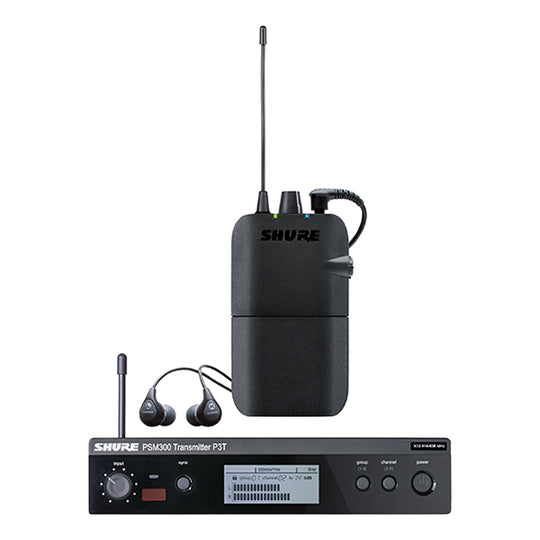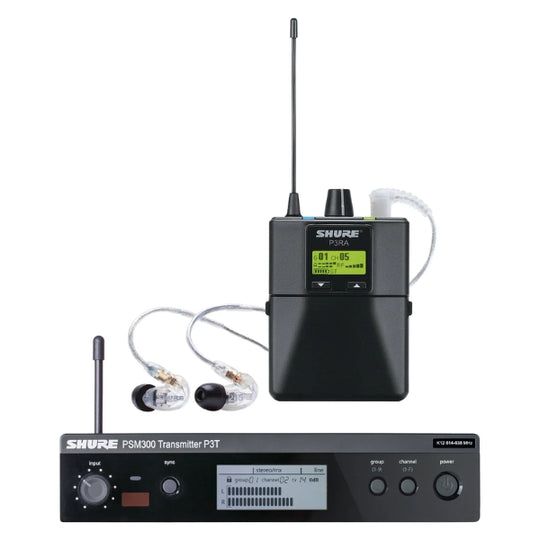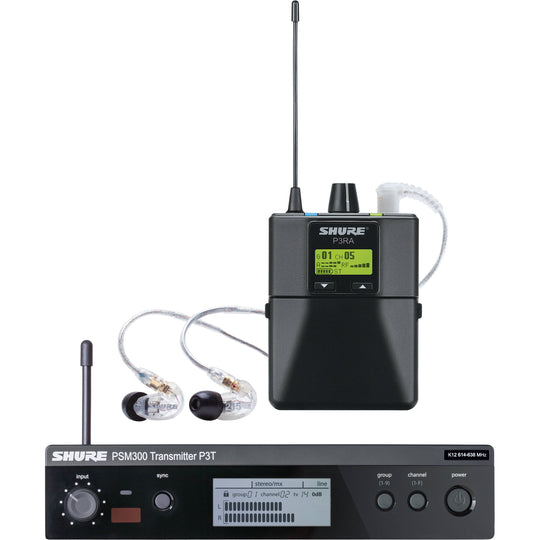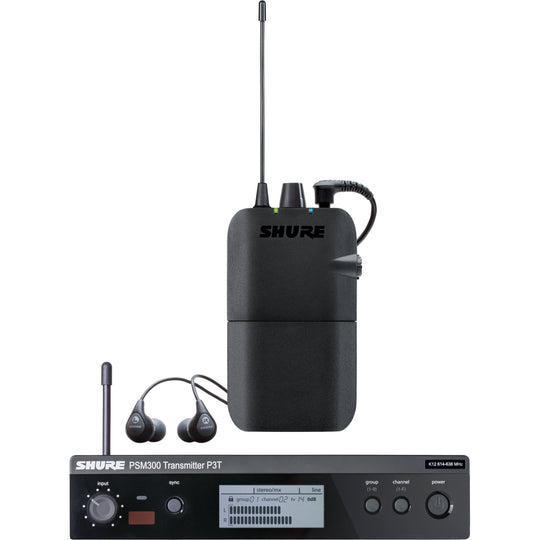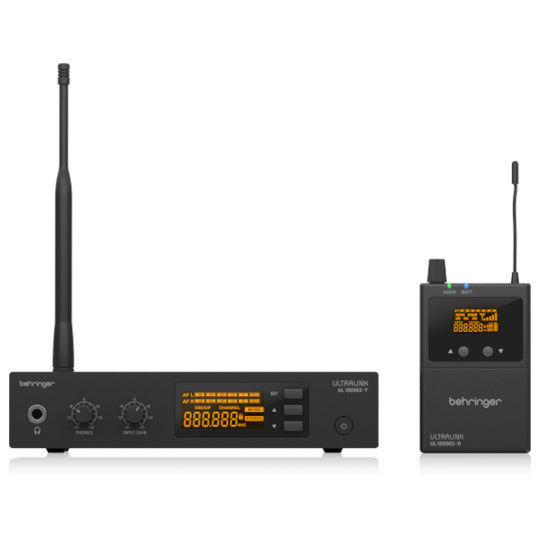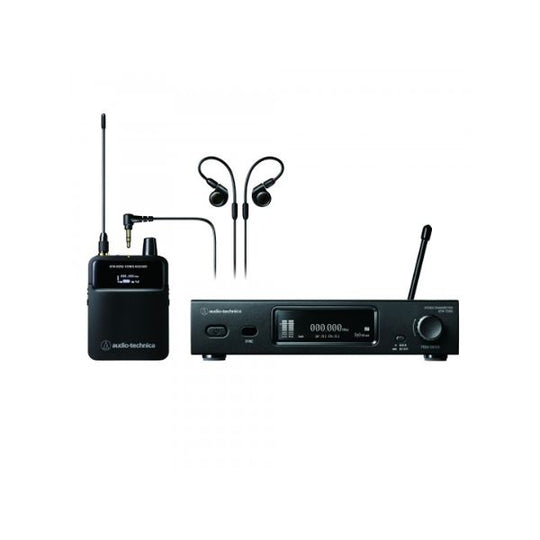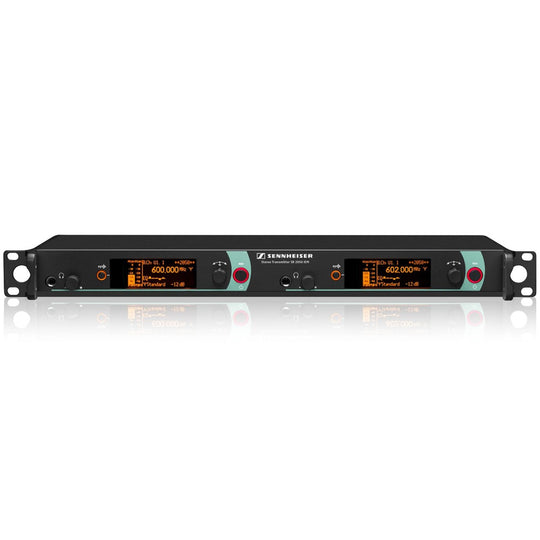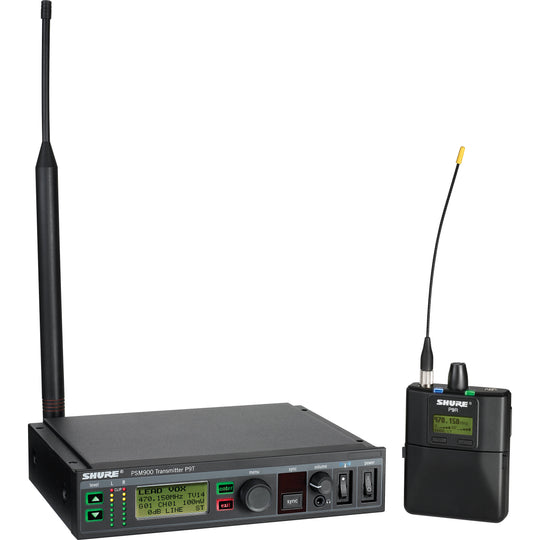Shop App: PA IEM
In-Ear Monitors (IEM) have become a staple for performers on stage. They are personal monitoring systems that consist of miniature earphones worn directly in the ear canal, isolating the musician from the ambient stage noise and providing a custom mix of their performance and other audio sources. This allows for a more focused and controlled playing experience, especially beneficial in loud stage environments.
Benefits of IEMs:
- Reduced Stage Volume: IEMs allow musicians to hear themselves clearly at a lower volume, reducing overall stage volume and helping to prevent hearing damage.
- Improved Clarity and Isolation: IEMs block out much of the ambient stage noise, allowing musicians to hear their instrument or vocals in detail and stay in sync with the overall mix.
- Reduced Dependence on Floor Monitors: IEMs eliminate the need for bulky floor monitors, creating a cleaner and less cluttered stage setup.
- Personalised Mixes: Each musician can have a custom mix created specifically for their needs. This can include their instrument or vocal channel, along with a balanced mix of the other instruments and vocals in the band.
Types of IEM Systems:
- Wired IEM Systems: Transmit the audio signal from the mixer to the beltpack transmitter worn by the musician, which then sends the signal to the in-ear monitors through a cable. These systems are generally reliable and affordable but can restrict movement on stage.
- Wireless IEM Systems: Offer greater freedom of movement as they eliminate the need for a cable connecting the transmitter to the in-ear monitors. The signal is transmitted wirelessly from the stage to the beltpack receiver worn by the musician. Wireless systems can be more expensive than wired options and may introduce some potential for signal interference depending on the environment.
Choosing Live Sound IEMs:
Here are some factors to consider when selecting In-Ear Monitors for live sound:
- Sound Quality: IEMs come in a variety of driver configurations, each offering a different sonic character. Choose earphones that deliver clear, detailed sound across the frequency spectrum.
- Comfort and Fit: Since IEMs are worn for extended periods during performances, ensure a snug yet comfortable fit. Many IEMs come with various earbud sizes and types to achieve a proper seal and comfortable wear.
- Isolation Level: Consider the level of isolation you need. Some IEMs offer excellent passive noise isolation, while others may have features like active noise cancellation for further reduction of ambient noise.
- Wired vs. Wireless: Wired systems are generally more affordable and reliable, while wireless systems offer greater freedom of movement. Weigh the pros and cons based on your performance needs and budget.
- Durability: IEMs are subject to wear and tear in stage environments. Choose a system built with durable materials to withstand regular use.
Additional Considerations:
- IEM Mix creation: A separate audio mixer or app may be needed to create and manage individual monitor mixes for each musician.
- Hearing Protection: Even with IEMs, it's advisable to use earplugs for additional protection, especially for extended performances or in very loud environments.
By understanding the benefits of IEMs and considering these factors, you can choose a system that enhances your stage performance, providing the clarity, focus, and freedom of movement you need to deliver your best sound.
- ←
- →




















